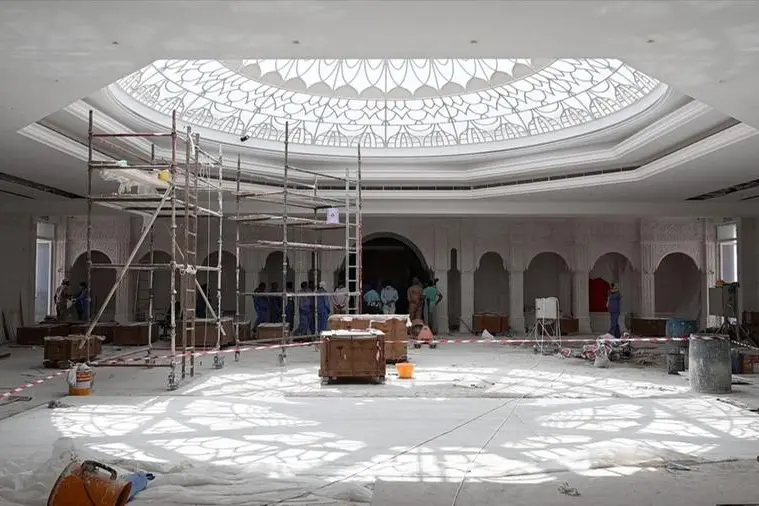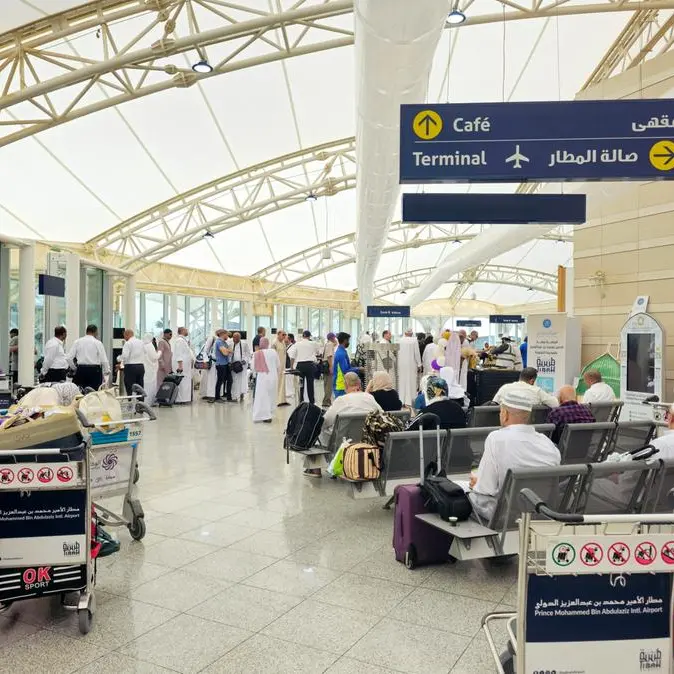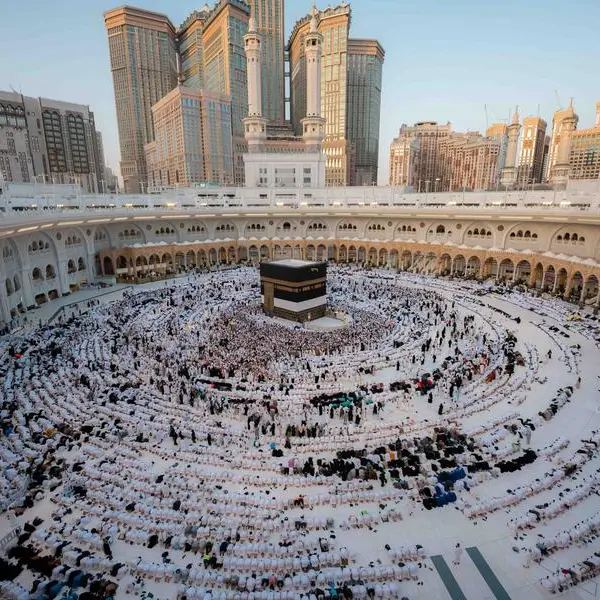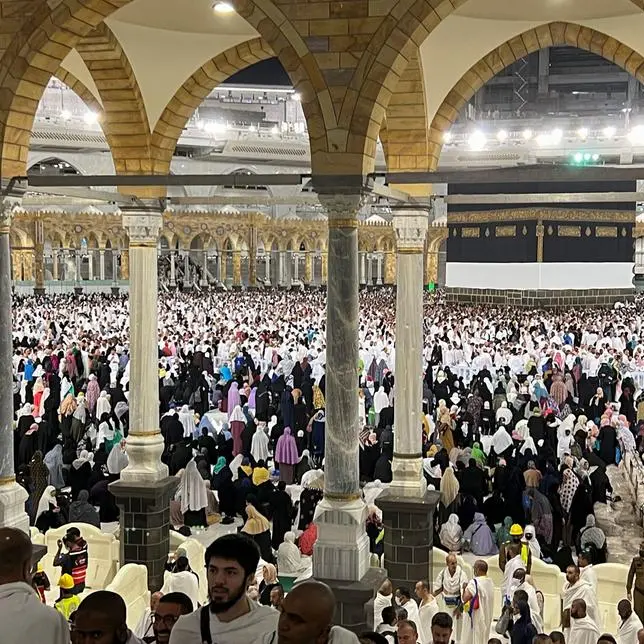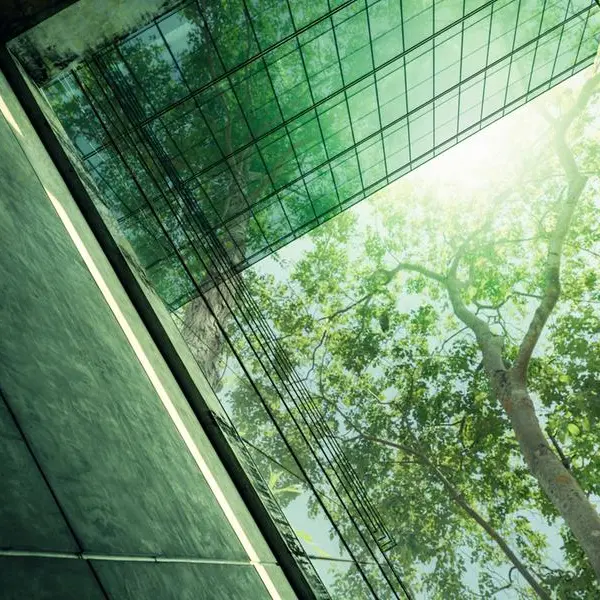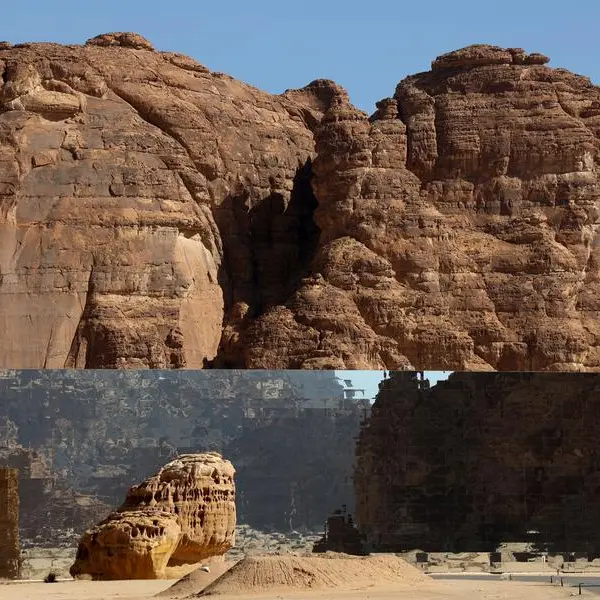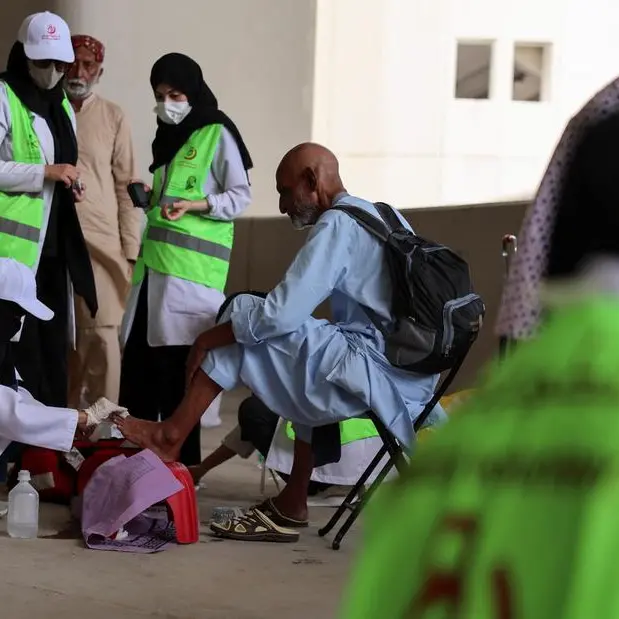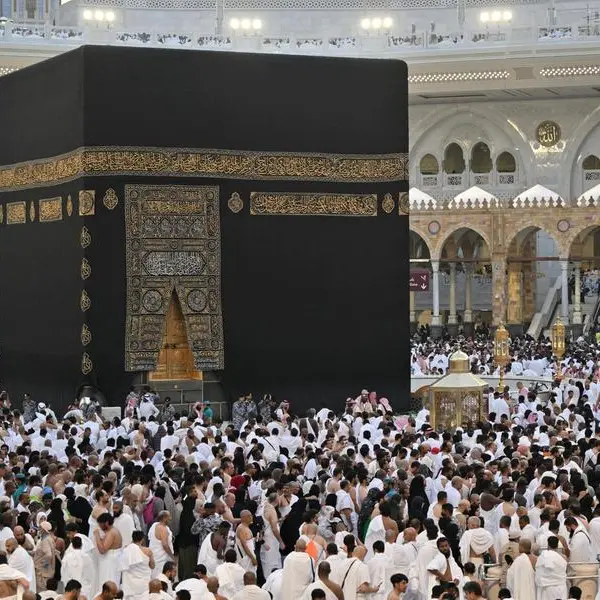PHOTO
Home to 16 deities, a knowledge room, a community centre for outreach activities, and a welcoming of people across religious beliefs, Dubai’s newest Hindu Temple is all set for a grand unveiling on October 4.
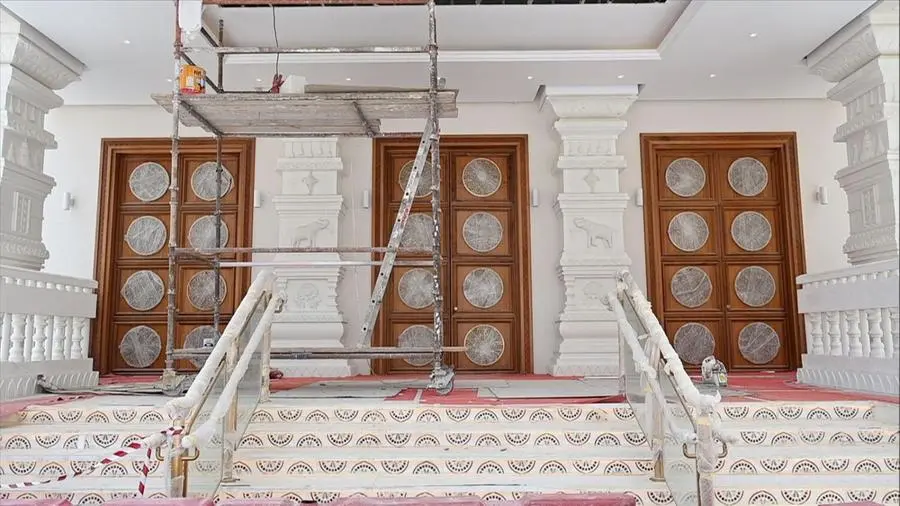

Raju Shroff, a trustee of the Sindhu Guru Darbar temple, confirmed to Khaleej Times the temple would officially open its doors to the public on the day of the major Hindu festival Dussehra, celebrated on October 5.
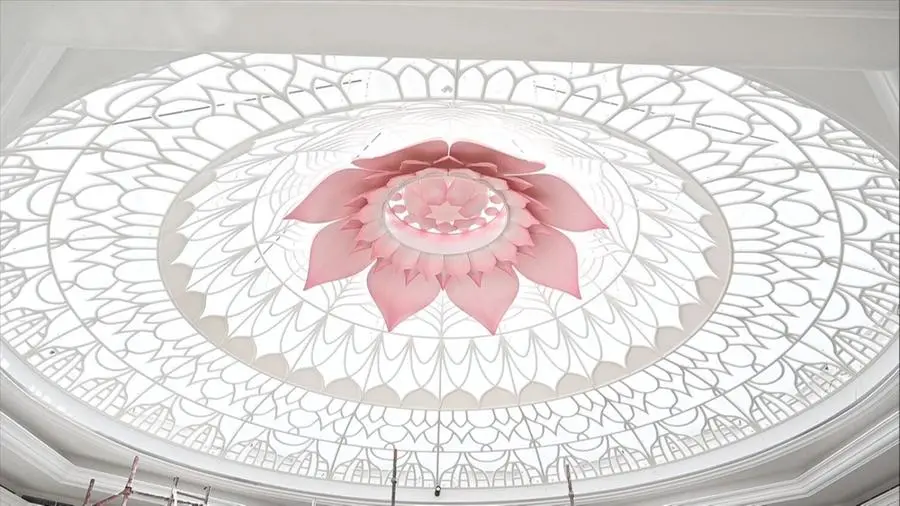

The contemporary Hindu temple is in the Emirate’s Corridor of Tolerance in Jebel Ali. In this locality, a Sikh Gurudwara, a Hindu Temple, and several Christian churches practice their religion and spirituality side-by-side.
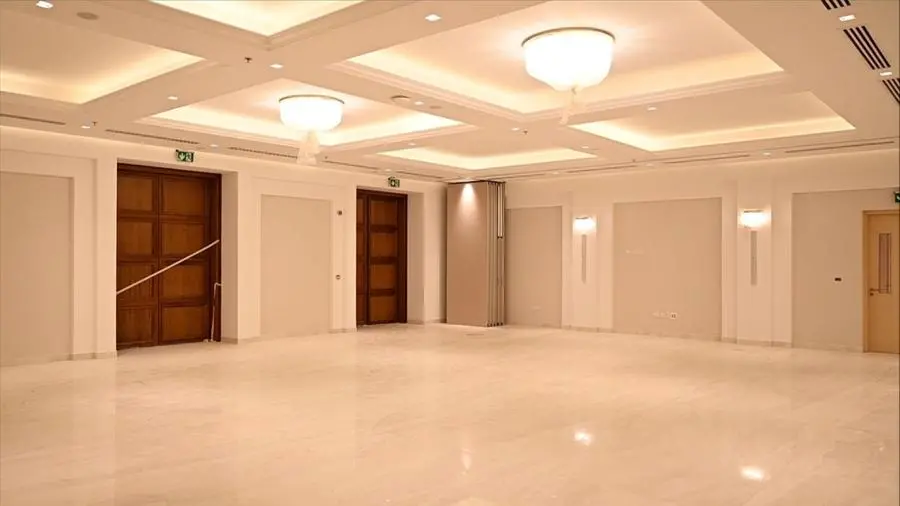

Khaleej Times was given an exclusive look inside the temple interiors weeks before the official opening. Shroff said, “We will have officials and dignitaries from the government of UAE who will be attending the official opening ceremony on October 4. We have some rituals planned as well.”
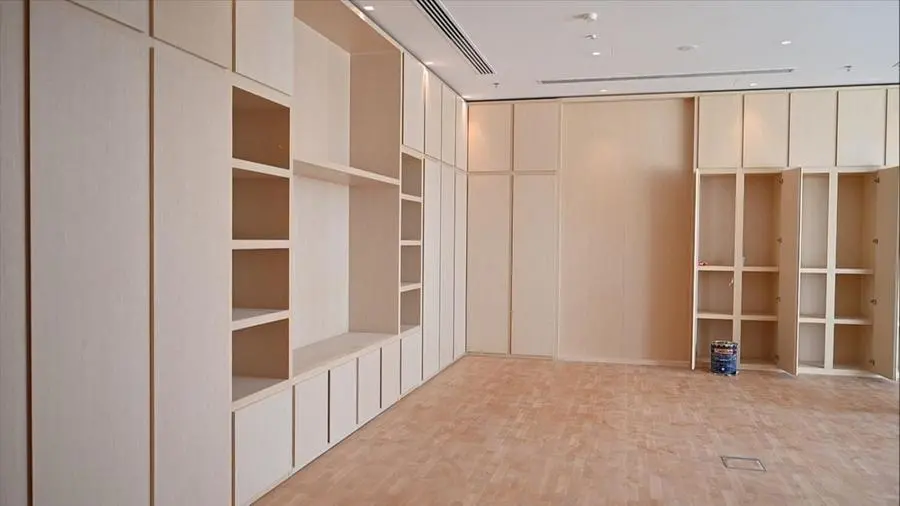

The temple will open in two phases, said Shroff. “During phase one, we will open only the place of worship to the public.”
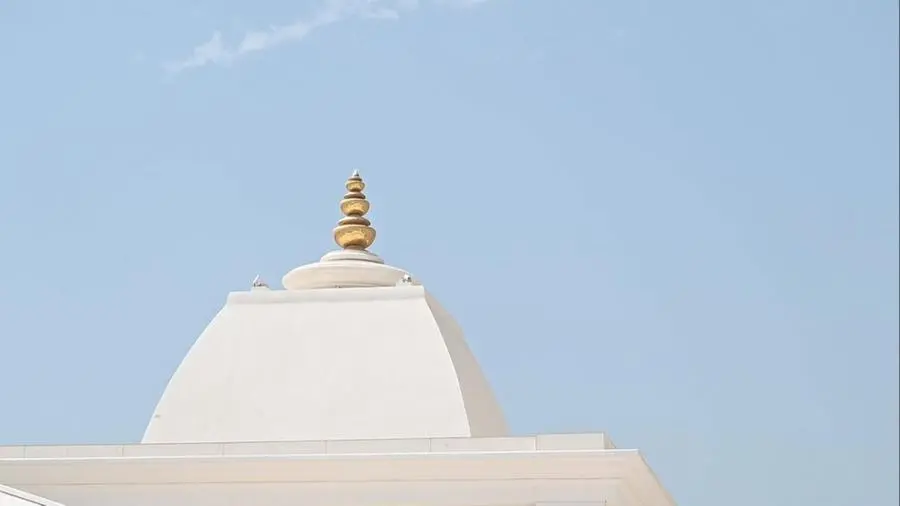

Ashok Kumar W. Odhrani, a temple committee member, added, “During phase two, which begins on January 14, on the day of Makarsankranti, we will open the knowledge room and community room to the public. Moreover, temple visitors can also organise weddings, havan, and private events.”
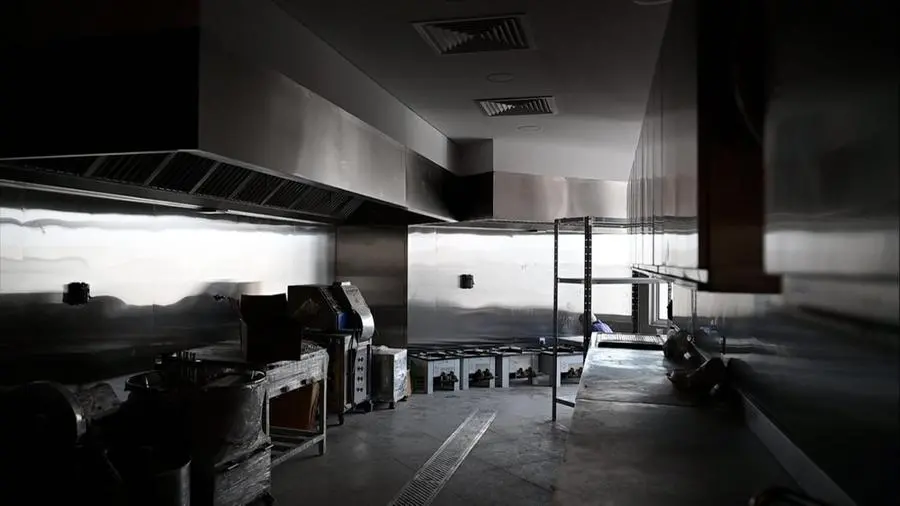

Odhrani said the temple could accommodate a floating population of 1,000 to 1,200 worshippers. “However, the numbers would be much higher during important Hindu festivals. We expect more people from Abu Dhabi to visit us during the weekends as well,” he said.
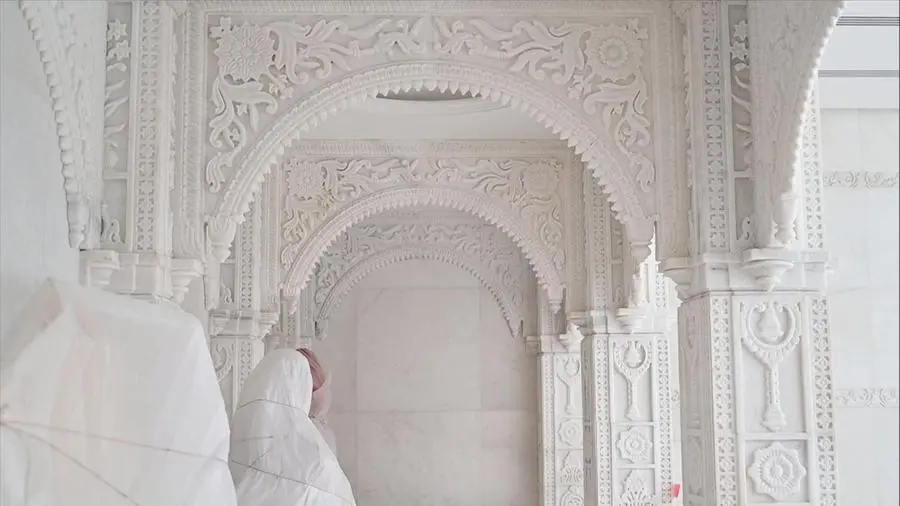

To ensure the safety of all visitors amid Covid-19, temple authorities have installed a QR-code-based appointment system.
Visitors can find the QR code on https://hindutempledubai.com/. Temple timings are from 6 am to 9 pm. “Visitors are welcome to enter the temple during their assigned time slots. This is part of our preparedness protocol to avoid mass spreading of Covid-19,” explained Shroff.
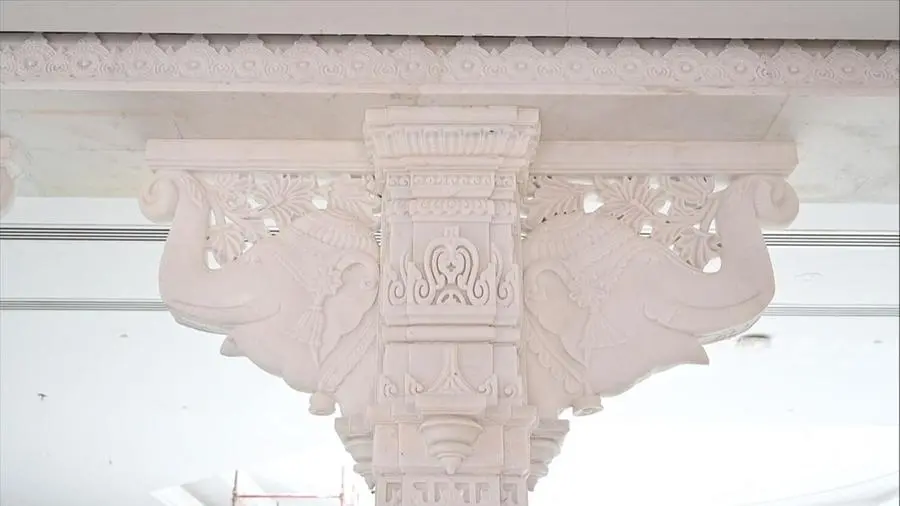

The temple will organise celebrations for festivals such as Diwali and Navratri after the official opening. The temple also has a well-equipped kitchen and a dry and cold storage facility. Several LCD screens would be installed inside the community hall and the knowledge room. The spaces can be used by the public for inter-faith dialogues and educational activities for children among other things.
Nine soaring spires, ornate pillars and handcrafted sculptures in white marble form parts of the temple’s rich interior and exterior. Massive, massive walnut-wood doors and tall concrete pillars decorated with bells, elephants and flower motifs adorn the temple.
Delicately patterned podiums inside the expansive octagonal-shaped prayer hall will hold the 16 deities across India. “The South Indian deities have been carved in black stone,” said Mohan N, general manager of the Hindu Temple.
Hindu deity Shiva will be the main deity on the central podium and 15 others. Other deities include - Ganesha, Krishna, Mahalakshmi, and South Indian deities Guruvayoorappan and Ayyappan would also be placed inside the prayer hall.
“We wanted to represent different communities so the temple would have gods from South India and goddesses from the East. People from all religious backgrounds are welcome here,” he added. The temple will also have a section for the Guru Granth Sahib – the holy book for Sikhs.
“Large bells will bell suspended from the dome will drop into the expansive hall, and the 465-square-metre prayer room will open up to a terrace for pujas, where devotees can pray around a havan (fire),” he explained.
A unique area has also been designated for a Tulsi (holy basil) plant podium, for mundan (tonsuring), and other religious practices. “Once the deities are installed, 10-12 priests will organise a Pranaprathishtapana ceremony, which will give vibrations of energy to the temple,” said Mohan. At least eight priests will work full-time at the temple as well.
“The Corridor of Tolerance in Dubai will become one of the most spiritual sites in Dubai. It is a beacon for tolerance and coexistence for the rest of the world, open for inter-faith dialogue and sharing of religious and cultural ideas,” said Shroff.
Copyright © 2022 Khaleej Times. All Rights Reserved. Provided by SyndiGate Media Inc. (Syndigate.info).
